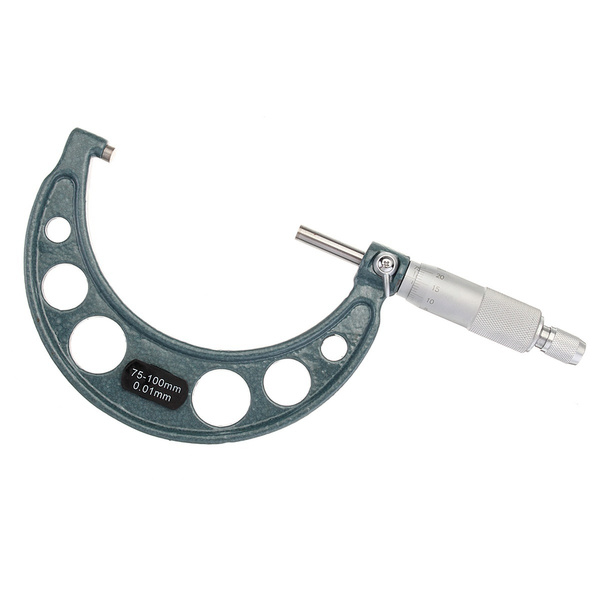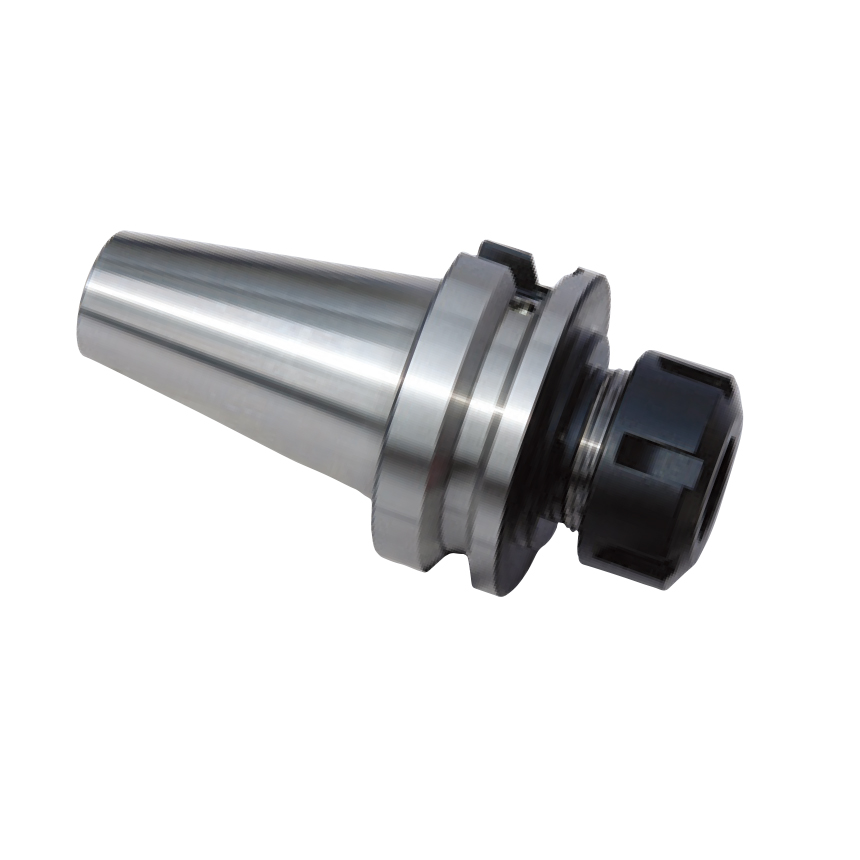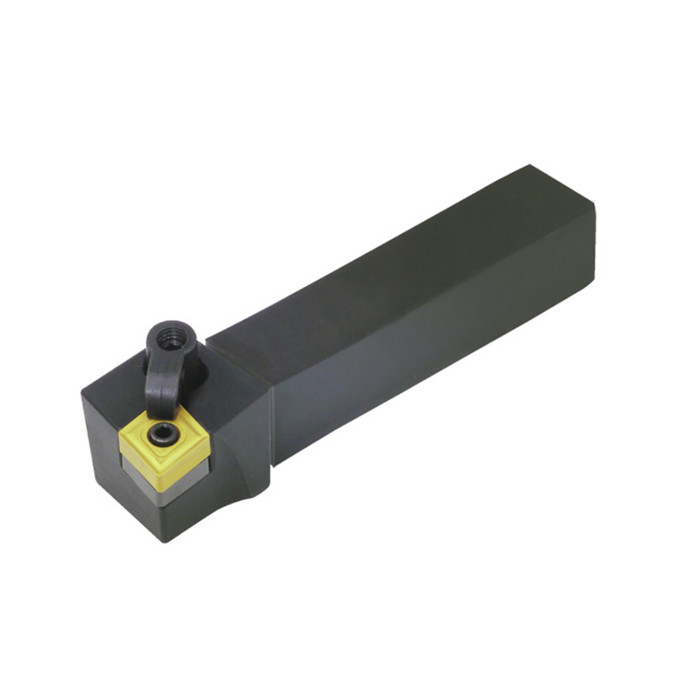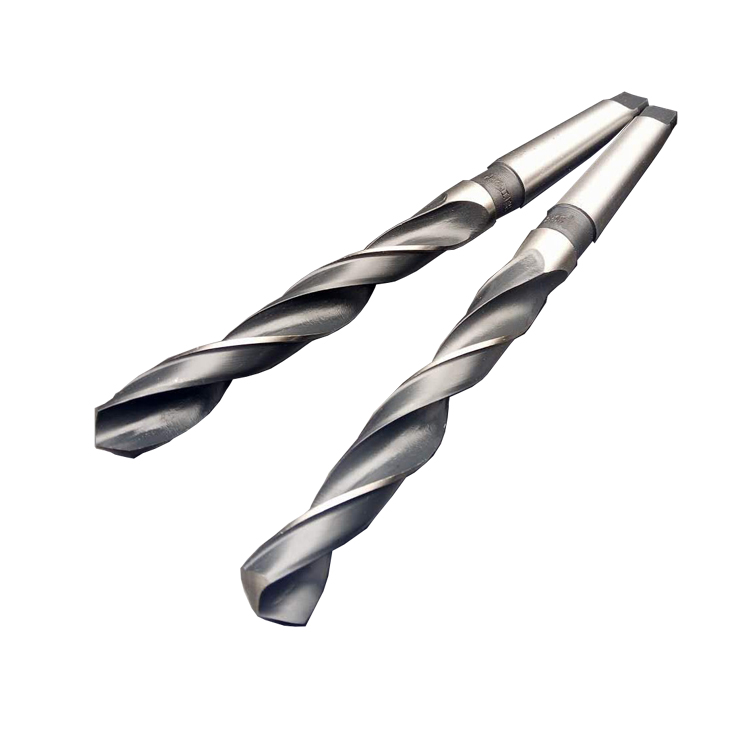High-Quality milling collet chuck
A high-quality milling collet chuck is a crucial component for precision machining, ensuring accurate tool holding and optimal performance. Selecting the right collet chuck involves understanding various types, materials, and application-specific features to maximize efficiency and workpiece quality. This guide explores these aspects in detail, helping you make an informed decision for your milling needs.
Understanding Milling Collet Chucks
Milling collet chucks are essential tools for securing cutting tools in milling machines. They provide a rigid and accurate connection between the tool and the spindle, which is critical for achieving precise cuts and smooth finishes. The choice of collet chuck can significantly impact the performance of your milling operations.
What is a Milling Collet Chuck?
A milling collet chuck is a type of tool holder designed to grip and secure cutting tools, such as end mills, drills, and reamers, in a milling machine spindle. It uses a collet, a slotted sleeve, that contracts around the tool shank when tightened, providing a strong and concentric grip. The design allows for quick tool changes and ensures the tool runs true, minimizing vibration and improving surface finish. Wayleading Tools offer a comprehensive selection to meet diverse milling needs.
Types of Milling Collet Chucks
Several types of milling collet chucks are available, each with its own advantages and applications:
- ER Collet Chucks: The most common type, known for their versatility and wide range of collet sizes. ER collet chucks are suitable for general-purpose milling and offer good accuracy and clamping force.
- TG Collet Chucks: Designed for heavy-duty milling applications requiring high clamping force and rigidity. TG collet chucks are often used with larger diameter tools and are capable of handling high cutting forces.
- DA Collet Chucks: Compact and lightweight, DA collet chucks are ideal for high-speed milling and tight spaces. They offer good accuracy and are easy to use.
- Shrink Fit Chucks: Offer exceptional gripping force and accuracy by heating the chuck to expand the bore and then shrinking it onto the tool shank. This creates a very tight and concentric fit, minimizing runout.
- Hydraulic Chucks: Utilize hydraulic pressure to clamp the tool shank. This results in high damping characteristics, reducing vibration and improving surface finish. They are suitable for both roughing and finishing operations.
Factors to Consider When Choosing a Milling Collet Chuck
Selecting the right high-quality milling collet chuck involves considering several factors to ensure it meets your specific machining requirements:
Accuracy and Runout
Accuracy and runout are critical factors, especially for precision milling. Lower runout means the cutting tool rotates more concentrically, leading to better surface finish, improved tool life, and reduced vibration. Look for collet chucks with certified runout values, typically measured in microns. A runout of less than 0.0002' (5 microns) is generally considered excellent for precision work.
Clamping Force
The clamping force of a collet chuck determines its ability to hold the tool securely during machining. Higher clamping force is essential for heavy-duty milling operations and when using larger diameter tools. Check the manufacturer's specifications for clamping force values to ensure it meets your application requirements.
Material and Construction
The material and construction of a collet chuck significantly impact its durability and performance. Most high-quality milling collet chucks are made from high-grade alloy steel, hardened and ground to precise tolerances. Look for chucks with a corrosion-resistant coating to protect against rust and wear. Wayleading Tools offers chucks constructed from premium materials for extended service life.
Collet Size and Range
The collet size and range determine the diameter of tools that can be accommodated by the chuck. Ensure that the collet chuck is compatible with the shanks of the tools you intend to use. ER collet systems, for example, offer a wide range of collet sizes, making them a versatile choice.
Application Requirements
Consider the specific requirements of your milling application when selecting a collet chuck. Factors such as the type of material being machined, the cutting speed and feed rate, and the desired surface finish should all be taken into account. For high-speed milling, a shrink fit or hydraulic chuck may be the best option, while for general-purpose milling, an ER collet chuck may suffice.
Benefits of Using High-Quality Milling Collet Chucks
Investing in high-quality milling collet chucks offers numerous benefits, including:
- Improved Accuracy: High-quality collet chucks provide precise tool holding, resulting in improved accuracy and better surface finishes.
- Extended Tool Life: Reduced runout and vibration minimize wear and tear on cutting tools, extending their lifespan.
- Increased Productivity: Quick tool changes and reliable tool holding contribute to increased productivity and reduced downtime.
- Enhanced Safety: Secure tool holding minimizes the risk of tool slippage or ejection, enhancing safety in the workplace.
- Versatility: Many high-quality collet chucks are compatible with a wide range of tools and applications, making them a versatile investment.
Maintenance and Care
Proper maintenance and care are essential for ensuring the longevity and performance of your high-quality milling collet chuck:
- Cleaning: Regularly clean the collet chuck and collets to remove dirt, chips, and coolant residue. Use a soft brush and a mild cleaning solution.
- Lubrication: Apply a thin layer of lubricant to the collet threads and the chuck body to prevent corrosion and ensure smooth operation.
- Inspection: Inspect the collet chuck and collets regularly for signs of wear or damage. Replace worn or damaged components promptly.
- Storage: Store collet chucks and collets in a clean, dry place to protect them from corrosion and damage.
Choosing the Right Collet: A Deeper Dive
The collet itself is just as important as the chuck. Here's a more detailed look at selecting the correct collet for your milling applications:
Collet Materials
Collets are typically made from spring steel or hardened steel. Spring steel collets offer good flexibility and clamping force for general-purpose applications. Hardened steel collets provide superior rigidity and wear resistance for heavy-duty milling. Consider the material being machined and the cutting forces involved when selecting a collet material. Wayleading Tools provides collets made from various materials to optimize performance.
Collet Types
As mentioned earlier, ER collets are the most common type due to their versatility. However, other collet types, such as TG and DA collets, are designed for specific applications. ER collets are available in various sizes, from ER8 to ER40, each with a specific clamping range. Make sure to select the correct collet size for the tool shank you are using.
Collet Maintenance
Collets should be cleaned regularly to remove chips and debris. Use a collet brush to clean the internal surfaces of the collet. Inspect the collet for signs of wear or damage, such as cracks or deformation. Replace worn or damaged collets immediately to prevent tool slippage and ensure accurate machining.
Beyond the Basics: Advanced Collet Chuck Technologies
While ER, TG, and DA collet chucks are workhorses in the milling world, advanced technologies offer even greater performance for specific applications.
Power Collet Chucks
Power collet chucks utilize a mechanical or hydraulic mechanism to increase clamping force. These chucks are ideal for heavy roughing operations where maximum tool security is essential. They often feature a quick-change design for rapid tool changes.
Modular Collet Chuck Systems
Modular collet chuck systems allow you to assemble custom tool holders using a variety of interchangeable components. This provides flexibility and cost savings, as you can adapt the tool holder to different machining requirements. These systems often include extensions, reducers, and other accessories.
Case Study: Improving Milling Performance with a High-Quality Collet Chuck
A machine shop was experiencing poor surface finishes and excessive tool wear when milling aluminum parts. After switching to high-quality milling collet chucks with a runout of less than 5 microns, they saw a significant improvement in surface finish and a 30% increase in tool life. The investment in high-quality collet chucks paid for itself in reduced tooling costs and improved part quality.
Where to Buy High-Quality Milling Collet Chucks
Several reputable suppliers offer high-quality milling collet chucks. Consider purchasing from established manufacturers with a proven track record of quality and reliability. Online marketplaces, such as Amazon and industrial supply websites, offer a wide selection of collet chucks from various brands. Always check customer reviews and ratings before making a purchase. Wayleading Tools provides a comprehensive range of milling solutions.
Conclusion
Choosing the right high-quality milling collet chuck is crucial for achieving accurate and efficient milling operations. By understanding the different types of collet chucks, considering the application requirements, and investing in quality components, you can optimize your machining processes and improve the quality of your finished parts.
Disclaimer: All data and specifications mentioned are based on general industry knowledge and may vary depending on the specific manufacturer and product. Always refer to the manufacturer's documentation for the most accurate information.
Related products
Related products
Best selling products
Best selling products-
 Outside Micrometer Of Premium Industrial Inch & Metric With Rachet Stop
Outside Micrometer Of Premium Industrial Inch & Metric With Rachet Stop -
 Carbide Tipped Hole Cutter For Cutting Stainless Steel And Iron Or Steel Plate
Carbide Tipped Hole Cutter For Cutting Stainless Steel And Iron Or Steel Plate -
 HSS Metric & Inch Corner Rounding End Mill For Industrial
HSS Metric & Inch Corner Rounding End Mill For Industrial -
 Parting & Grooving Tool Set With SLTB Blcok, NCIH Blades, GTN Inserts
Parting & Grooving Tool Set With SLTB Blcok, NCIH Blades, GTN Inserts -
 CNC BT-ER Spring Collet Chuck For CNC Machine
CNC BT-ER Spring Collet Chuck For CNC Machine -
 DIN4971-ISO1 Carbide Tipped Tool Bit With Right And Left Hand
DIN4971-ISO1 Carbide Tipped Tool Bit With Right And Left Hand -
 25PCS DIN338 HSS Twist Drill Bit Set From 1-13mm
25PCS DIN338 HSS Twist Drill Bit Set From 1-13mm -
 Straight Shank ER Collet Chuck Holders With Extending Rod
Straight Shank ER Collet Chuck Holders With Extending Rod -
 Precision 17pcs Angle Blocks Set With High Quality Type
Precision 17pcs Angle Blocks Set With High Quality Type -
 Dead Center For Morse Taper Shank
Dead Center For Morse Taper Shank -
 QM ACCU-Lock Precision Machine Vises With Swivel Base
QM ACCU-Lock Precision Machine Vises With Swivel Base -
 M51 Bi-Metal Bandsaw Blades For Industrial Type
M51 Bi-Metal Bandsaw Blades For Industrial Type
Related search
Related search- single angle milling cutter Supplier
- boring tool Manufacturer
- Vernier Caliper Manufacturers
- speedy drill with quick release carbide cutting head Supplier
- hss lathe turning tools Manufacturer
- Wholesale SCLC turning tool holder
- PCBN turning tool holder Factories
- milling machine arbor Suppliers
- Indexable Turning Tool Holder Supplier
- PDJN turning tool holder Supplier











